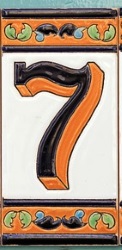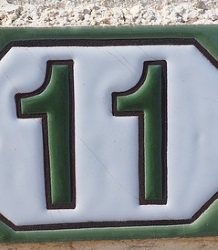Or search by topic
Number and algebra
Geometry and measure
Probability and statistics
Working mathematically
Advanced mathematics
For younger learners
Neighbourly Addition



As I walked down the street this morning, I noticed that all of my neighbours' house numbers were odd!



I added three house numbers together as I walked past: 7 + 9 + 11 = 27
Further down the road, I passed some bigger numbers. I added another set of three neighbouring house numbers: 15+17+19 = 51
Can you find some other totals I could make, by adding together the house numbers of three (odd) next-door-neighbours?
Once you've found a few totals, here are some questions you might like to explore:
Is there anything special about all the totals?
Is there a quick way to work out the total?
Can you predict what would happen if I walked down the other side of the street instead (where all the houses have even numbers)?
Are there any patterns if I add together four house numbers instead of just three?
Or five house numbers?
Or...
Can you explain and justify the patterns you have noticed?
This task was used in a student webinar led by members of the NRICH team. You might like to watch the video footage of the webinar.
Related Collections
You may also like
Score
There are exactly 3 ways to add 4 odd numbers to get 10. Find all the ways of adding 8 odd numbers to get 20. To be sure of getting all the solutions you will need to be systematic. What about a total of 15 with 6 odd numbers?
Great Granddad
Great Granddad is very proud of his telegram from the Queen congratulating him on his hundredth birthday and he has friends who are even older than he is... When was he born?

